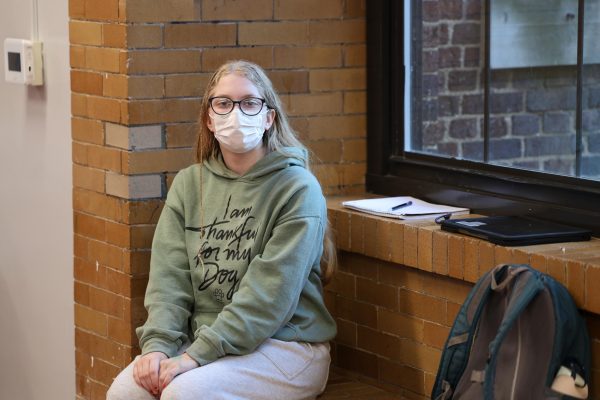Deer Ann Arbor, Stop The Cull
Depicting a deer in a psychedelic garden, Reh im Blumenga (translating in English as Deer in Flower garden) was painted by German artist Franz Marc in 1913.
On Oct. 16, 2017, the Ann Arbor City Council voted for the reinstatement of their deer management program from the previous year. Their proposal for 2018 is bigger and bloodier than that of 2017, and includes expanding the number of areas where deer will be sterilized as well as increasing the maximum possible deer to be shot from 100 to 250.
This information was first delivered to me sometime around 7:30 a.m. on a weekday, by my mother as she stood on the opposite side of the marble island in our kitchen while I sat eating breakfast.
I was appalled.
The influx of emotions was overwhelming; sadness spilled over into rage, creating a hue of loss that left me feeling empty. Two hundred and fifty. Two hundred and fifty deer shot among the vegetation they consider their habitat, despite the rumbling construction projects continually pushing them into a smaller expanse of land. Why should the deer be punished for human development exponentially destroying their homes? No one puts Bambi in a corner.
But let’s look beyond the ethics of the deer cull for a moment. Although there are varying opinions on how extreme the deer problem in Ann Arbor really is, anyone who has precariously driven through a road sodden with deer watch signs can agree that a predicament exists.
But here’s the deal: deer culls. Don’t. Work. Don’t just take my word for it; take the word of the Humane Society, Animal Alliance of Canada, In Defense of Animals, Stop the Shoot, and other organizations currently fighting against deer culling. Time after time, communities have used deer culls as a way to control deer overpopulation – and they have been widely unsuccessful. Every single document I reviewed reported an increase in birth rates following deer culls, causing communities to either increase the numbers of “necessary” deer deaths (see, the revised 2018 deer cull plan for Ann Arbor) or alter their approach. This happens as a result of a skewed ratio of female to male deer since bucks are the primary target in deer culls.
One example of this can be seen in a report done by wildlife biologist Wayne McCrory about the deer culls attempted in British Columbia. He told NewsWire that although culling sometimes had short-term benefits, “Deer numbers rebounded fairly quickly because of their naturally good reproductive rates and from other deer simply moving in from the outside.”
Another example comes from the Comanche Ranch in Texas. The Quality Deer Management Association wrote about their attempts at deer culling. The ranch tried both moderate and intensive methods, wrote the QDMA, but neither were successful in meeting their culling criteria.
On the other hand, non-lethal deer management programs have been successful in East Hampton, NY, Clifton, OH, and San Jose, CA. Ovariectomies were cited as the primary and most effective method of population control in almost all of their case reports. Other approaches, however, have also been well-received.
Across the board, the most successful methods have been non-lethal: sterilization, fencing, and educating citizens on how they can help (not feeding the deer is one basic example), as well as other more humane methods.
The sanguinary solution suggested by our city will not be successful. I refuse to support our community butchering innocent deer to no avail.
*Update: an earlier version of this article said that the number was up to 350 deer to be killed. In a recent revision of the Deer Management plan the number was lowered to 250 maximum.









